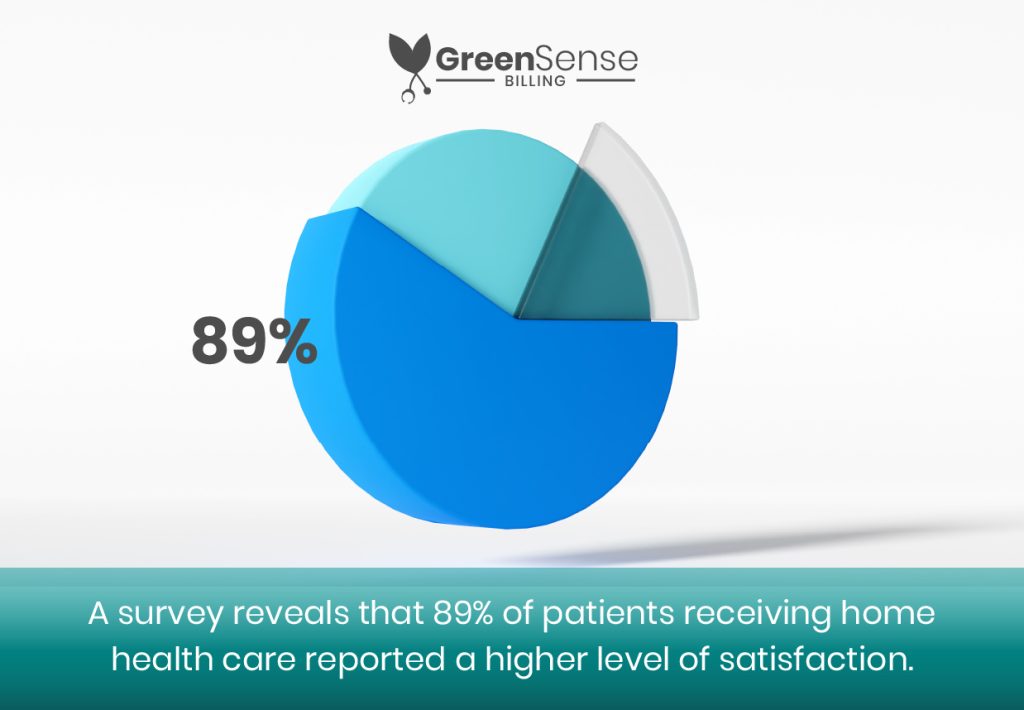Welcome aboard, doctors! Being a healthcare provider, you play a crucial role in ensuring optimal care for patients. Especially the ones with long-term needs. And, nothing works best for them than home care services. Home health care services have gained recognition as an effective approach to providing personalized and comprehensive care in the comfort of patients’ homes.
In this article, we have valuable advice, essential factors, and practical insights to deliver exemplary home health care services.
Join us as we explore strategies for successful patient care, key considerations, and important elements for a well-rounded approach to home health care.
Assessing Patient Suitability for Home Health Care

Before offering home health care services, it’s essential to conduct a thorough assessment of patients to determine their suitability.
A study published in the Journal of the American Medical Association found that home health care reduced hospital readmission rates by 25% among heart failure patients. And it’s enough to understand how home health care is transforming the lives of vulnerable patients.
However, before initiating the service, you are required to:
- Consider factors such as the complexity of care required.
- The availability of a suitable caregiver or family support system.
- The safety and accessibility of the home environment.
- The patient’s medical history & condition.
This assessment ensures that patients receive the appropriate level of care and support in the comfort of their homes.
Developing a Comprehensive Care Plan

Next, A well-developed care plan is to be taken note of for providing quality home health care.
It is best to collaborate with the patient, their family, and your team to establish goals, determine necessary interventions, and coordinate care.
According to the National Association for Home Care & Hospice, patients who receive well care from the comfort of their homes reported a higher level of satisfaction compared to those in institutional settings. In fact, a survey conducted by the Home Care Association of America revealed that 89% of patients receiving home health care reported a higher level of satisfaction.
So, while you prepare the plan, ensure to:
- Tailor the care plan to meet the individual needs of each patient, encompassing medical, rehabilitative, and supportive services.
- Regularly review and update the care plan to ensure it aligns with the patient’s progress and evolving needs.
Effective Communication and Collaboration

Clear and effective communication and collaboration are fundamental for successful home health care. Even if it requires having some difficult conversations with the patient & their family.
A study published in the Journal of the American Geriatrics Society found that effective communication between home health care providers and primary care physicians reduced the risk of hospitalization among elderly patients.
- Experts recommend maintaining open lines of communication with the patient, their family, and the entire healthcare team.
- You must utilize secure electronic systems and telehealth platforms to share information, track progress, and facilitate collaboration.
- Regular communication with caregivers to provide guidance is also essential.
- Address concerns, and ensure the care team adheres to the care plan.
Addressing Mental Health and Emotional Well-being

Caregivers must also recognize the importance of mental health and emotional well-being in the overall care of patients with long-term needs. It has a direct impact on what and how they feel and how their physical health is improving.
The World Health Organization states that integrating mental health care plans into primary care settings, including home health care, leads to improved patient outcomes and reduced healthcare costs.
Hence, you must:
- Incorporate mental health assessments and interventions into the care plan.
- Collaborate with mental health professionals to address anxiety, depression, or other psychological challenges that may arise.
- Educate caregivers and family members on providing emotional support and creating a positive environment for the patient.
Educating and Supporting Caregivers

Well care from home for patients involves the active involvement of family members and professional caregivers.
A study published in the Journal of Applied Gerontology found that comprehensive training given to caregivers reduces their stress and improves patient outcomes.
It is recommended to:
- Provide comprehensive education and training to equip them with the necessary skills and knowledge to provide effective care.
- Offer resources, support groups, and respite care options to alleviate caregivers’ burden and prevent burnout.
- Regularly assess caregivers’ well-being and provide the support they need.
Ensuring Continuity of Care

Maintaining continuity of care is crucial in home health care. This factor we see is often neglected by home health care service providers.
According to a report by the Agency for Healthcare Research and Quality, effective care transitions between care settings reduce hospital readmissions and improve patient health.
In fact, a study published in the Journal of the AMA found that home health care reduced hospital readmission rates by 17.4% compared to other post-acute care settings.
- To ensure continuity of care, healthcare providers should coordinate with other healthcare professionals involved in the patient’s care. Such as primary care physicians, specialists, and etc..
- Share relevant medical records, assessments, and progress reports to ensure a smooth transition between different care settings.
- Regularly communicate and collaborate to optimize patient outcomes and prevent gaps in their healing.
Moreover, implementing technology-driven solutions can also enhance care coordination and continuity. A study published in the Journal of Telemedicine and Telecare reports telehealth interventions in home health care have reduced hospitalization rates by 22%.
You can also utilize telehealth platforms and secure electronic systems to facilitate remote monitoring. Virtual consultations and timely communication with patients are two of their top benefits.
Conclusion
Home health care services provide an invaluable opportunity for healthcare providers to deliver timely & quality care to patients with long-term needs.
By considering the aforementioned factors, healthcare providers can optimize the effectiveness of home health care services. Additionally, by incorporating these key strategies and staying abreast of emerging research and best practices, they can confidently navigate the realm of home health care services and provide exceptional well care to patients with long-term needs.
Together, let’s continue to explore new ways to enhance in home care and empower patients to rise and thrive in the comfort of their own space.



















